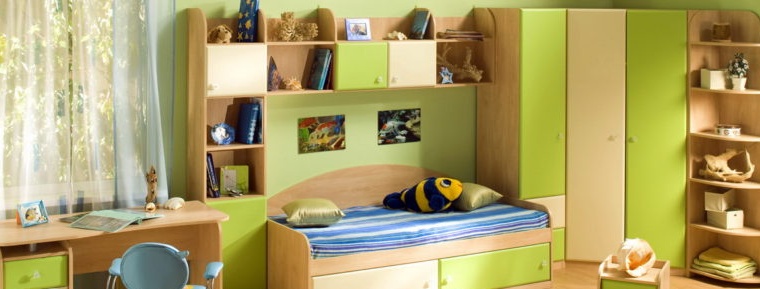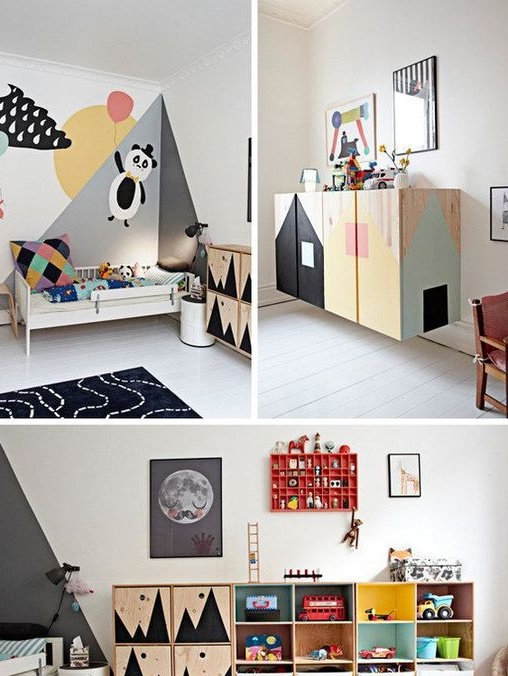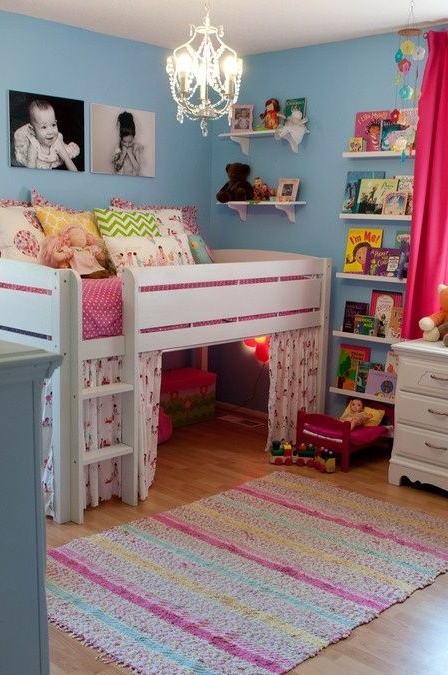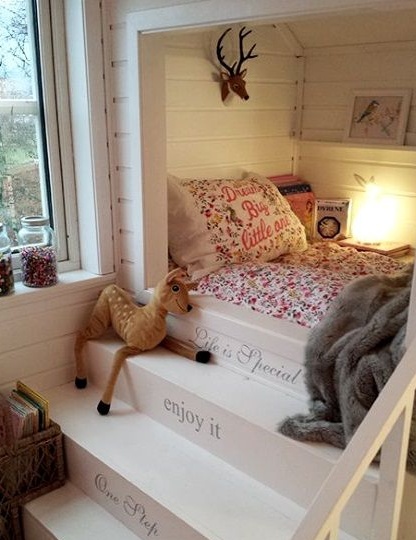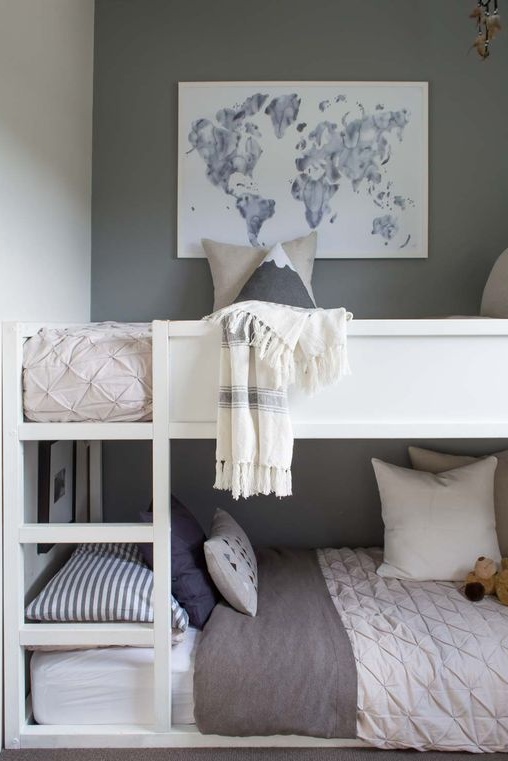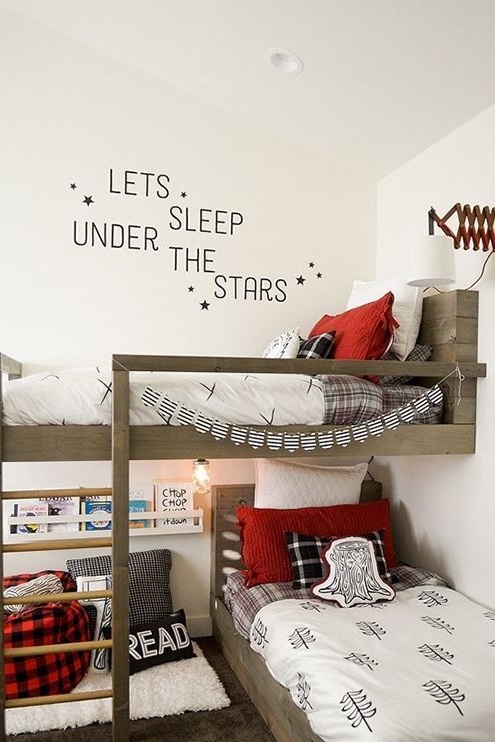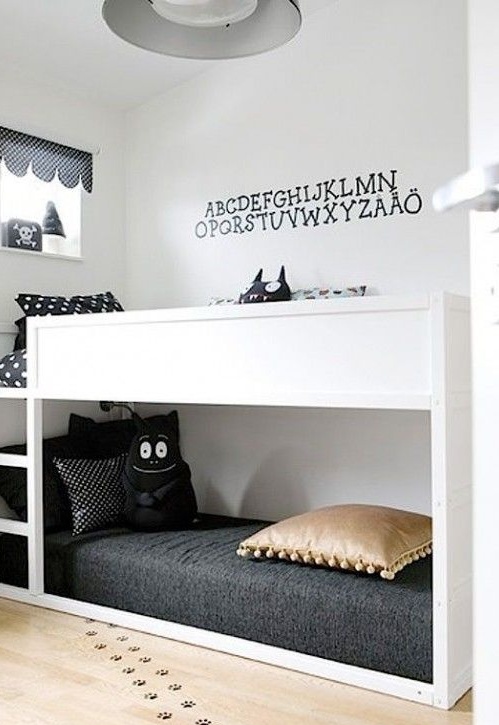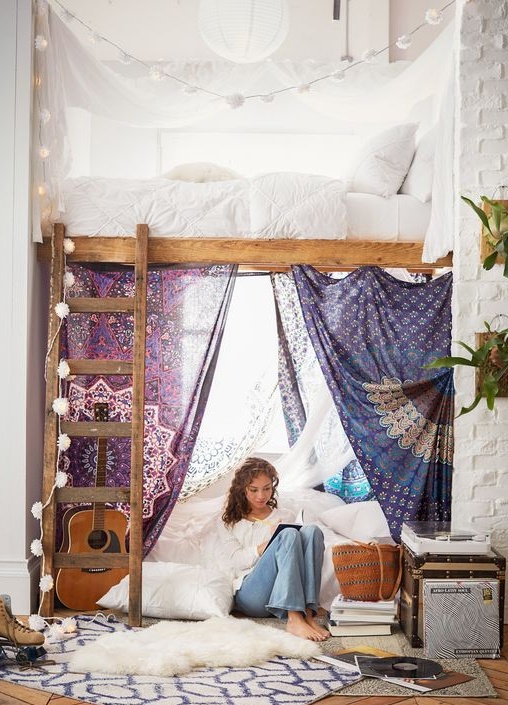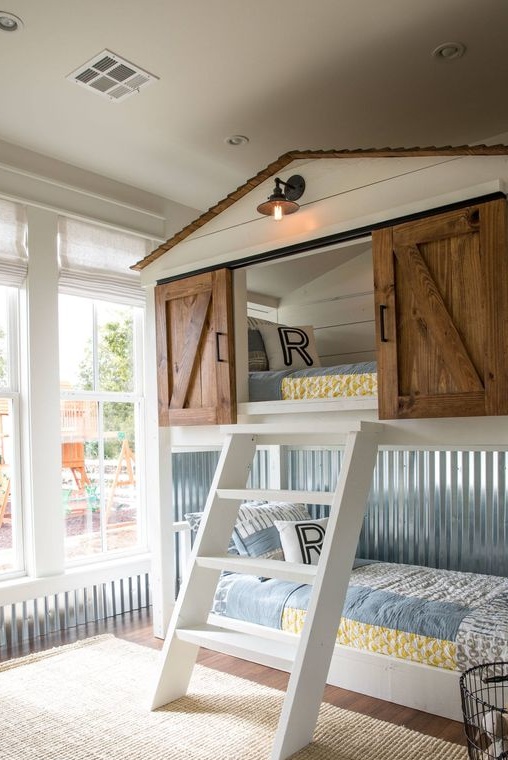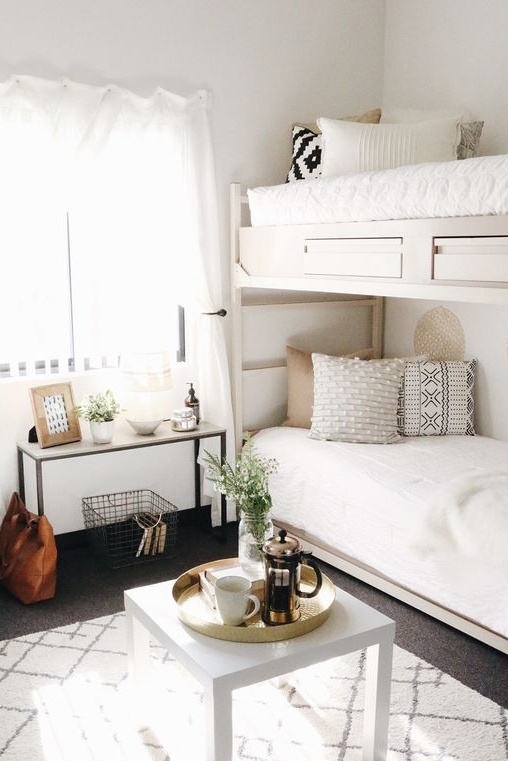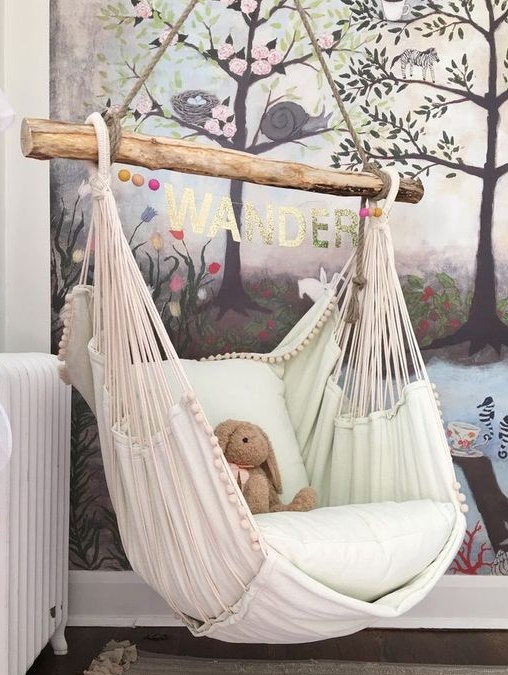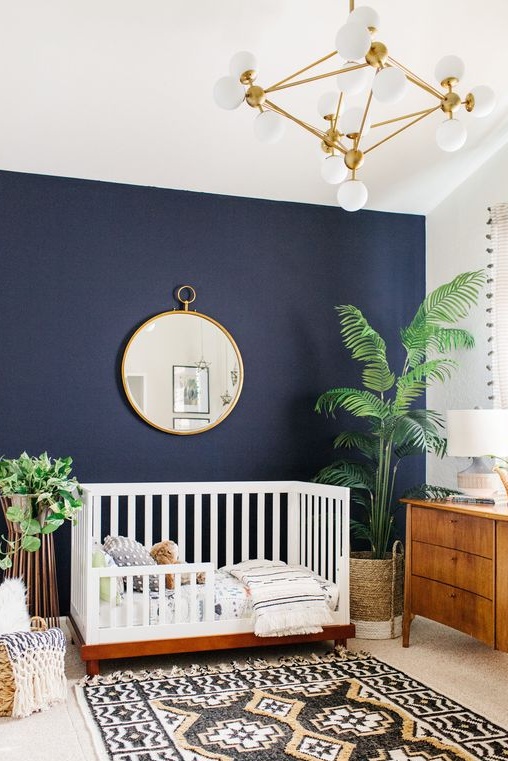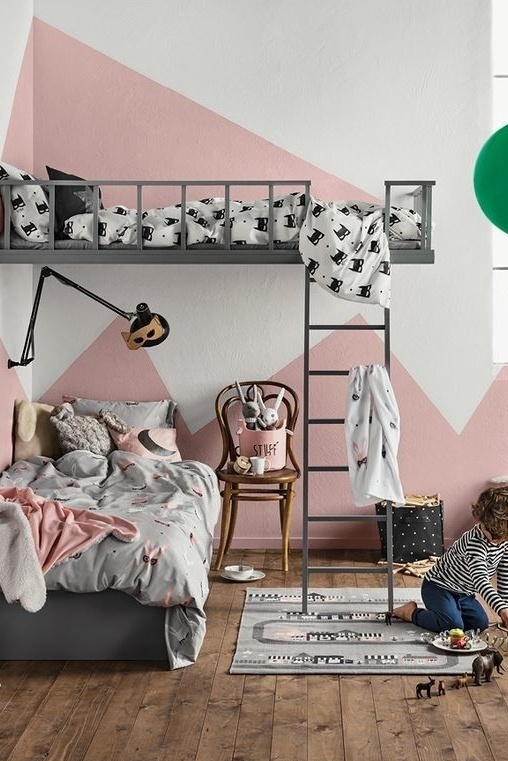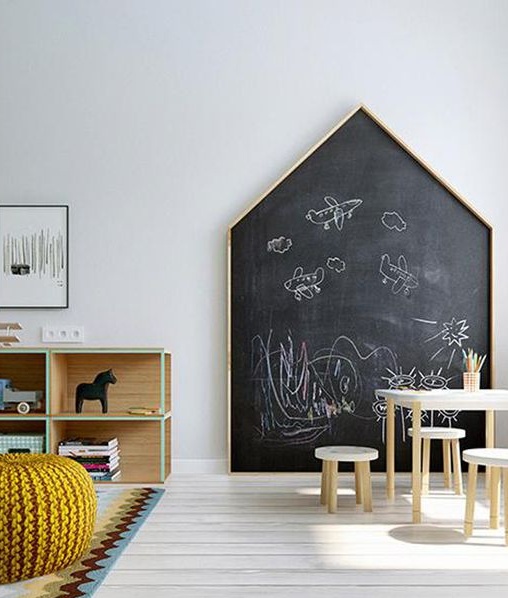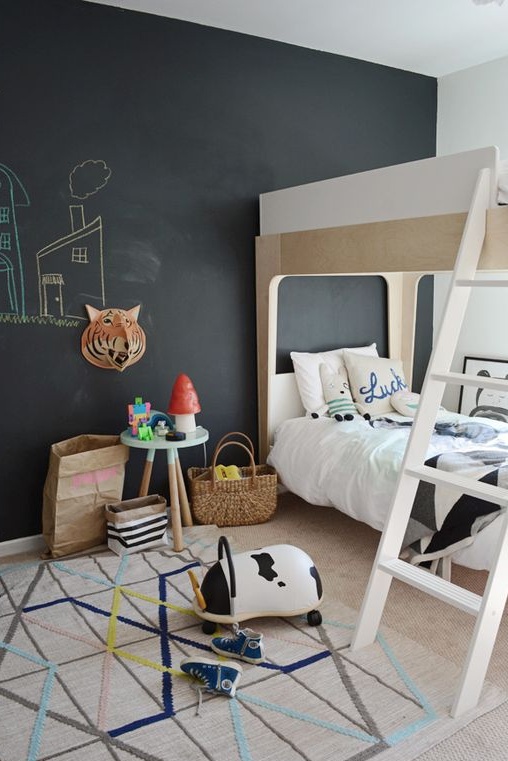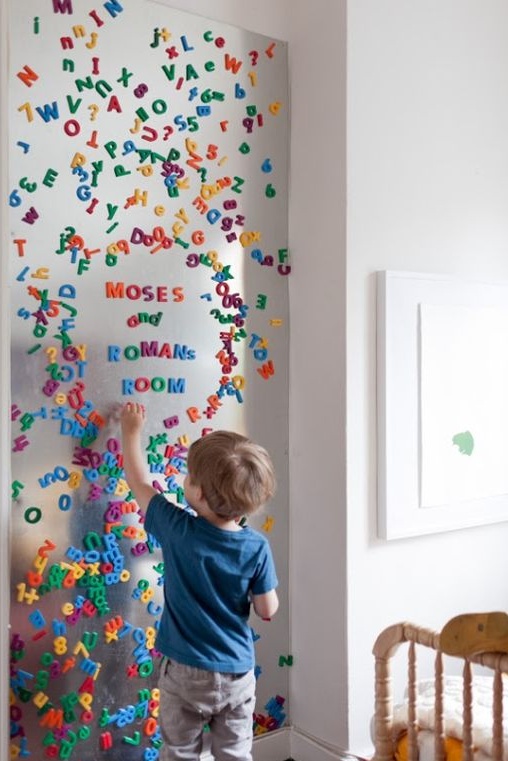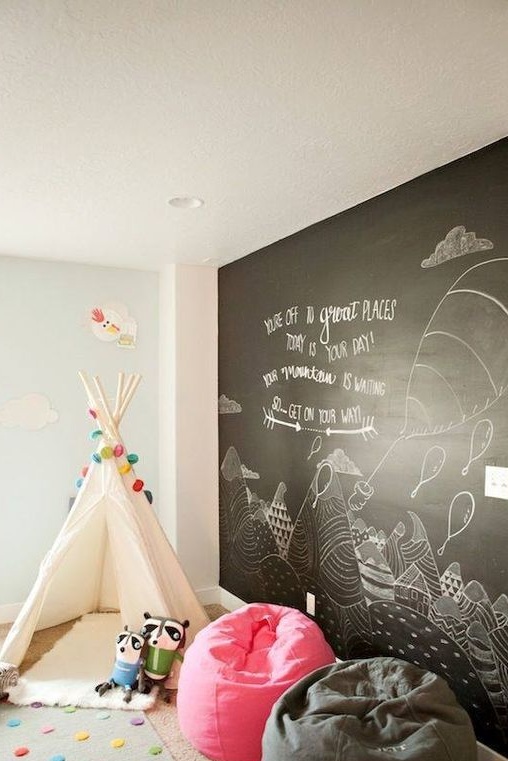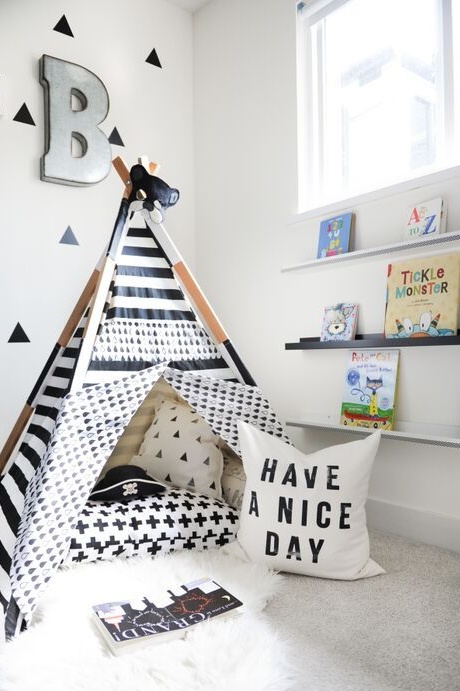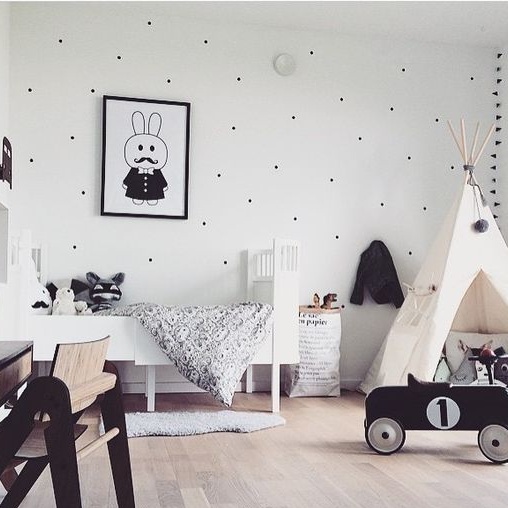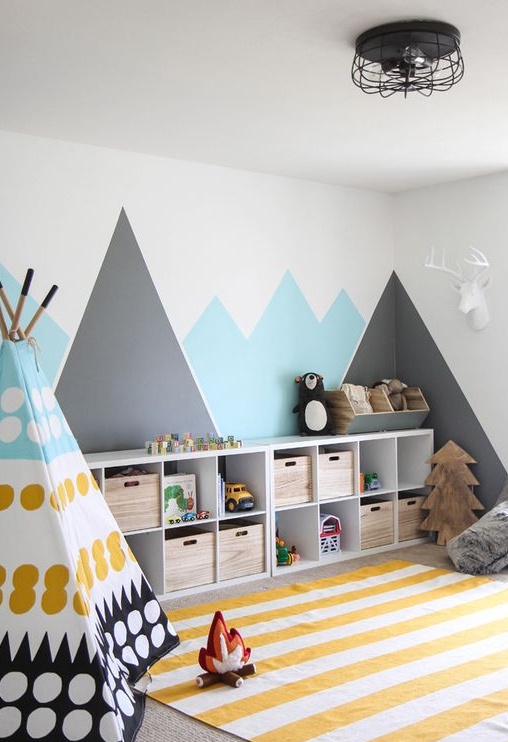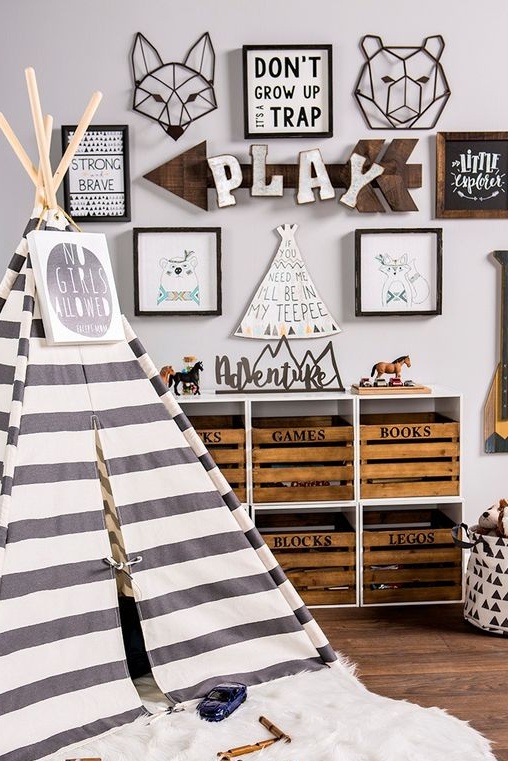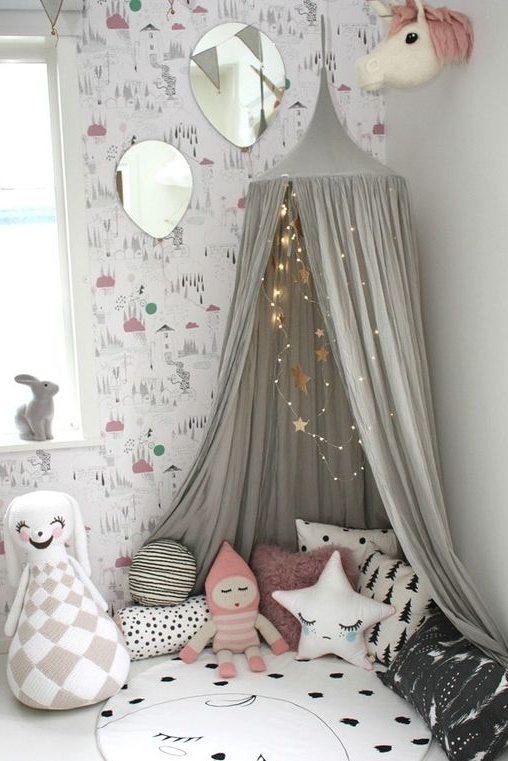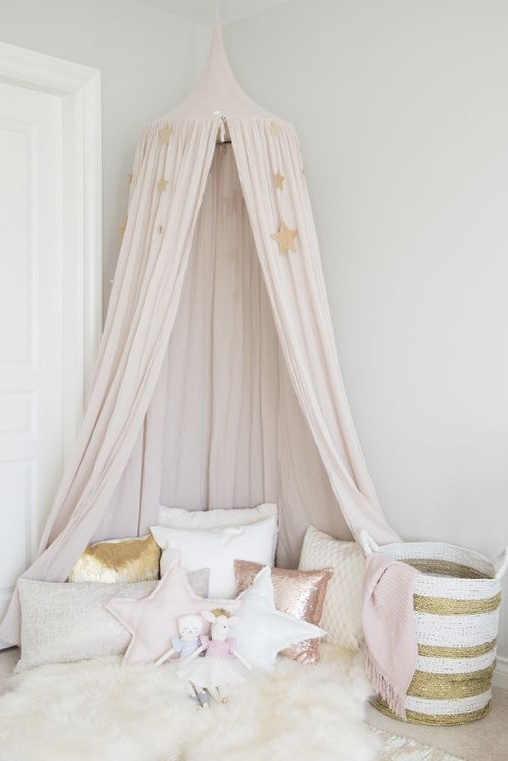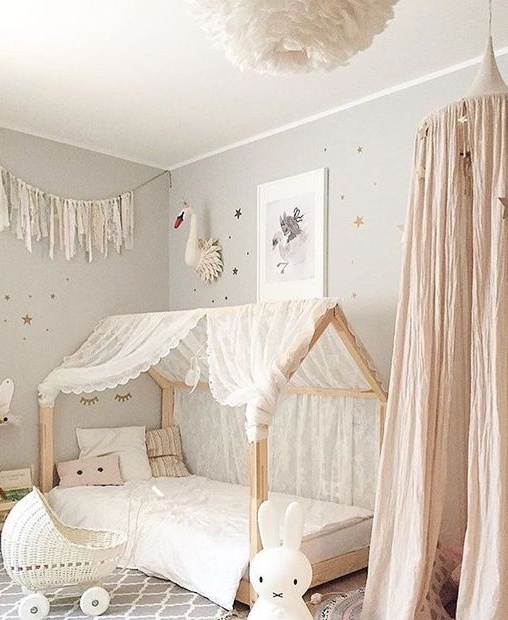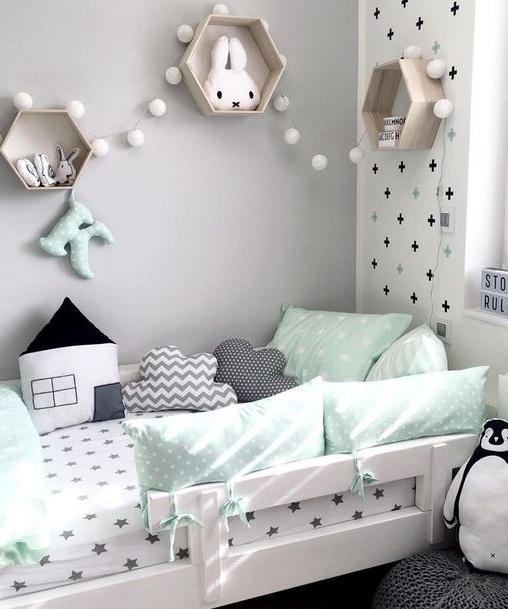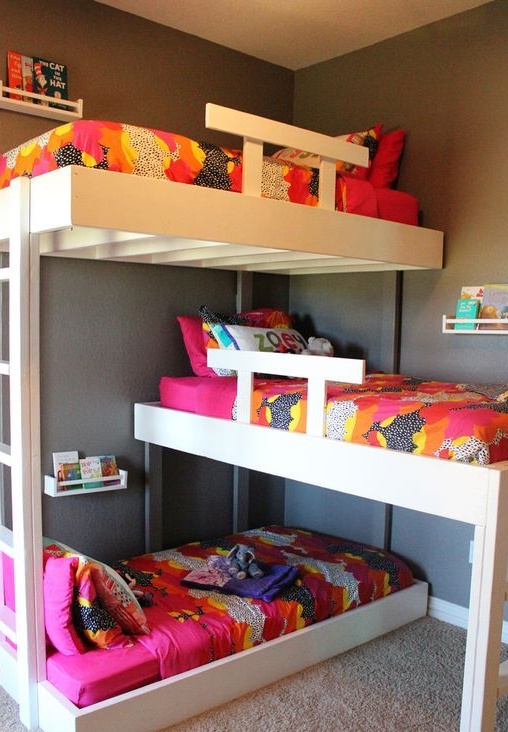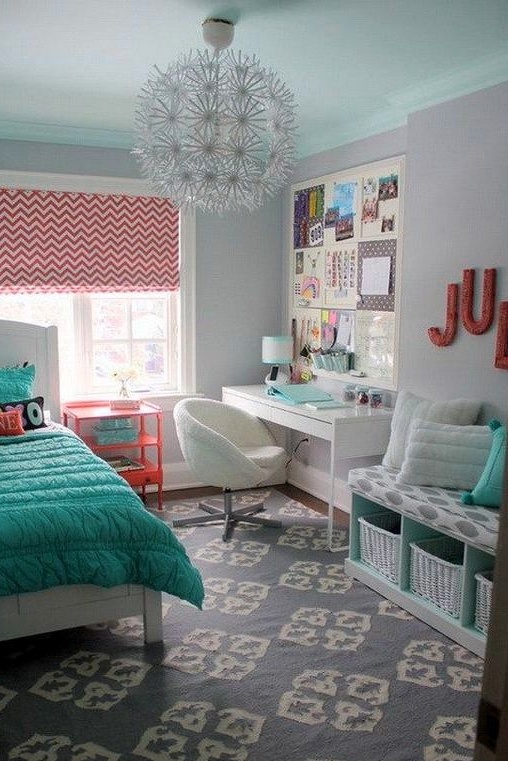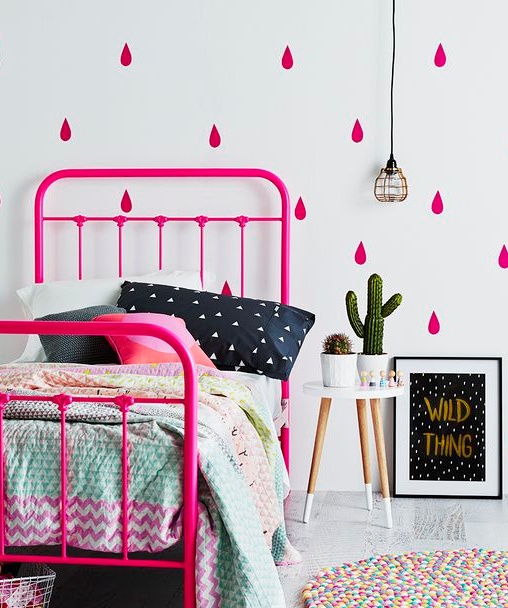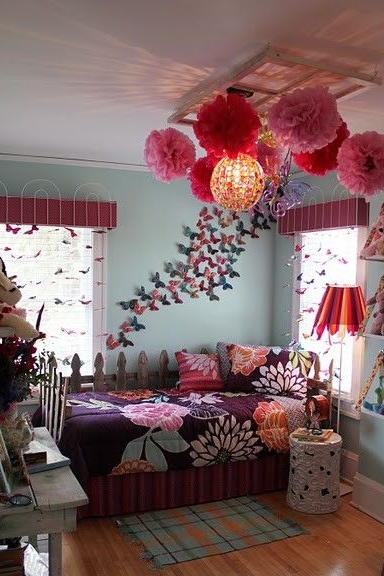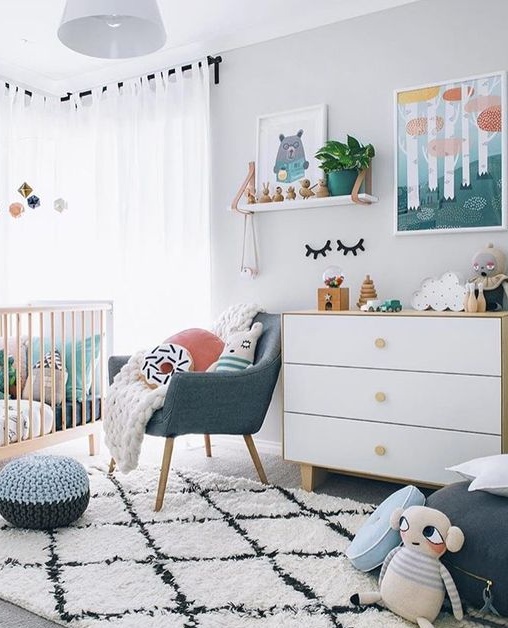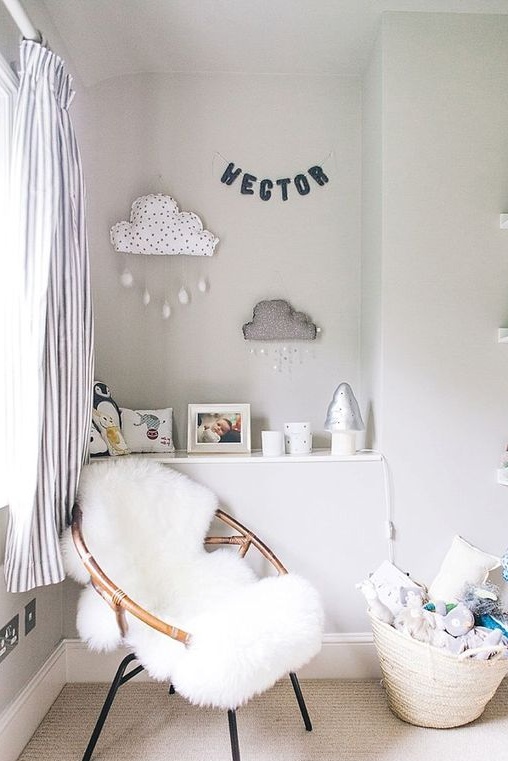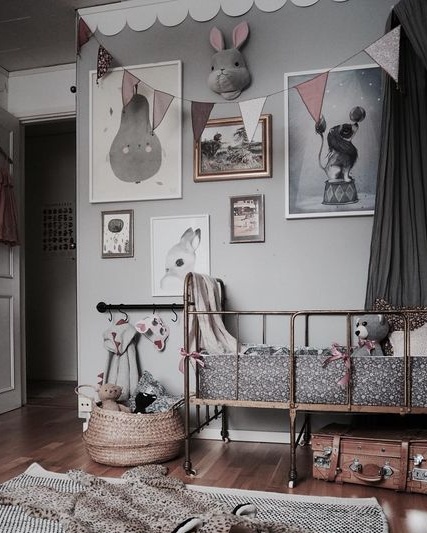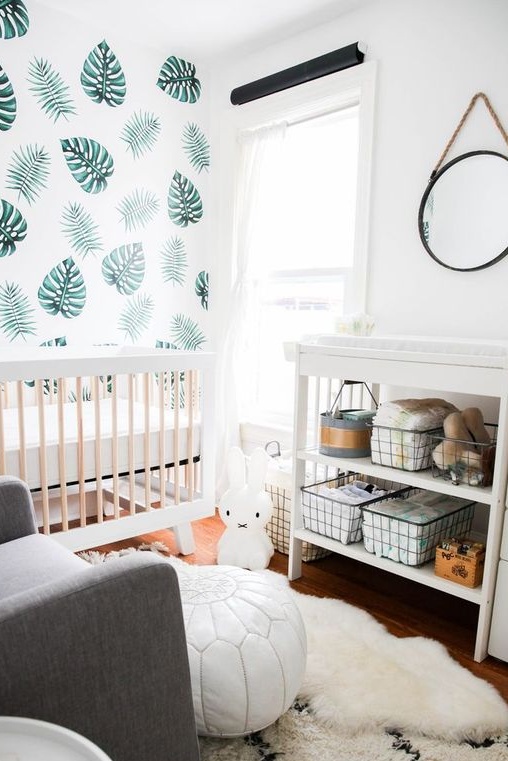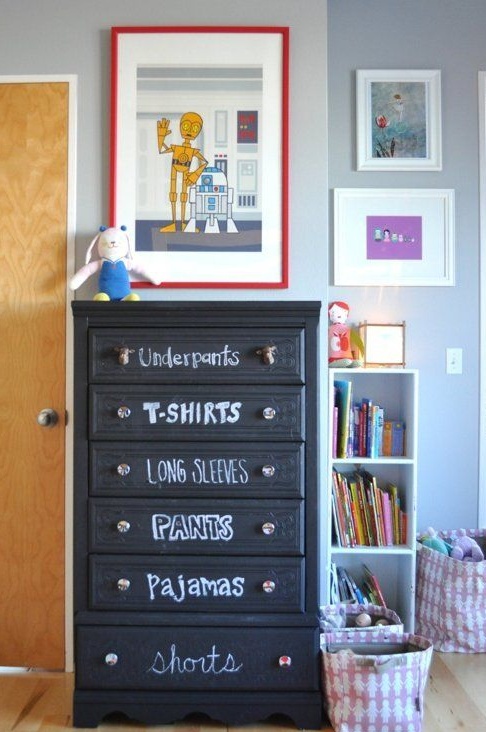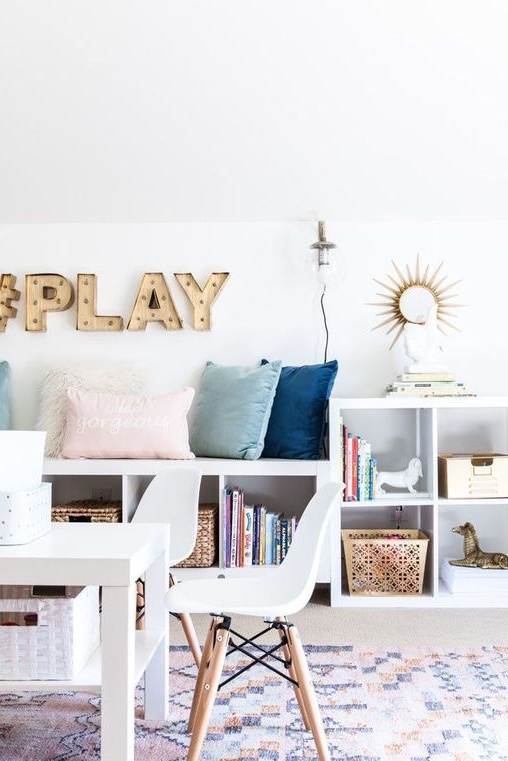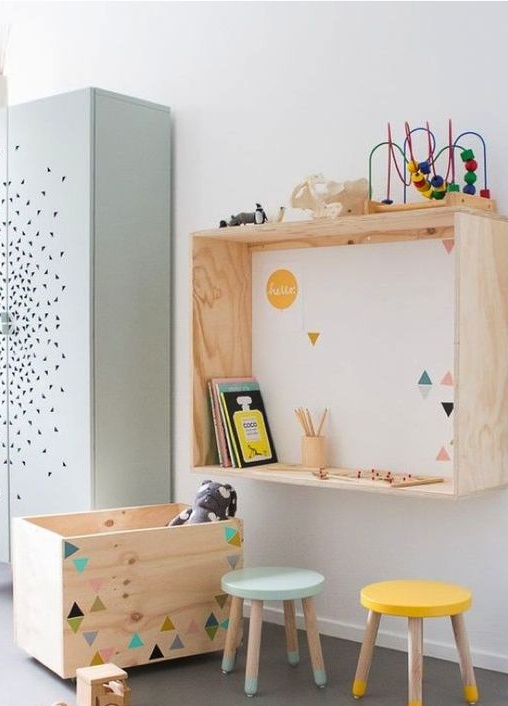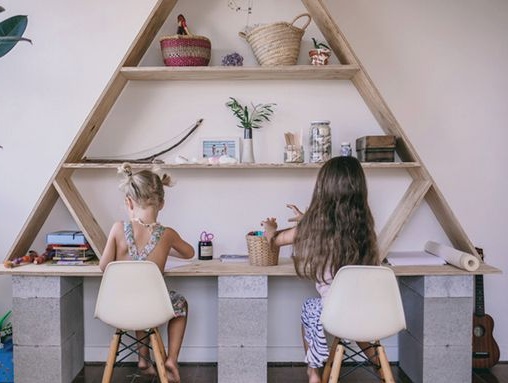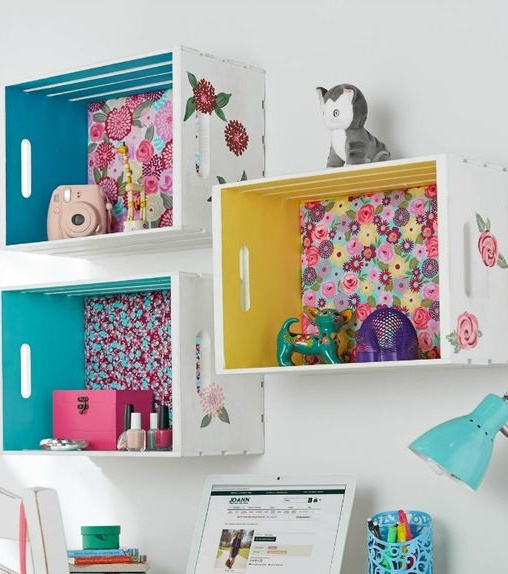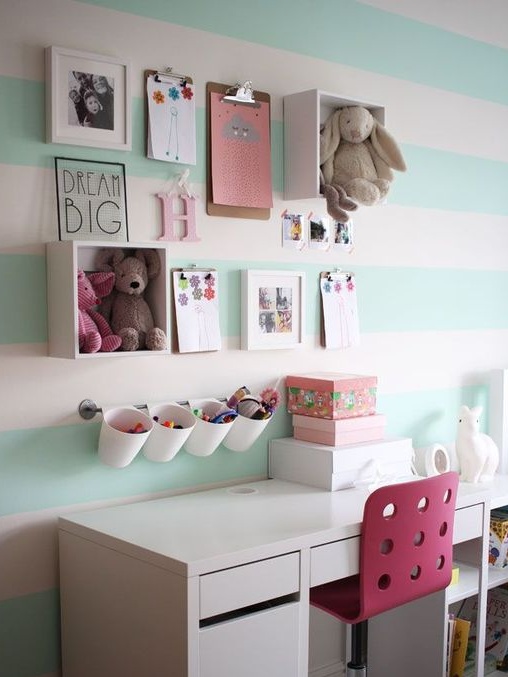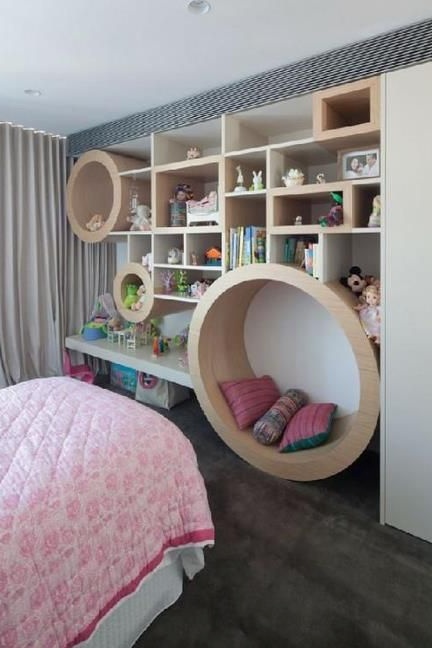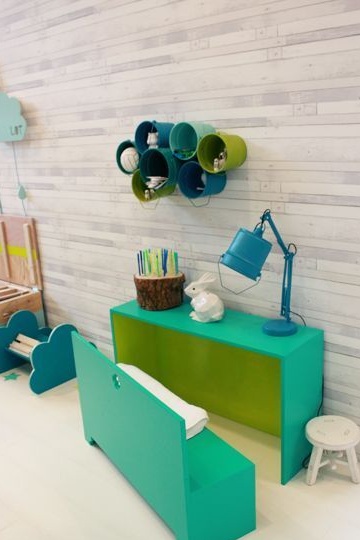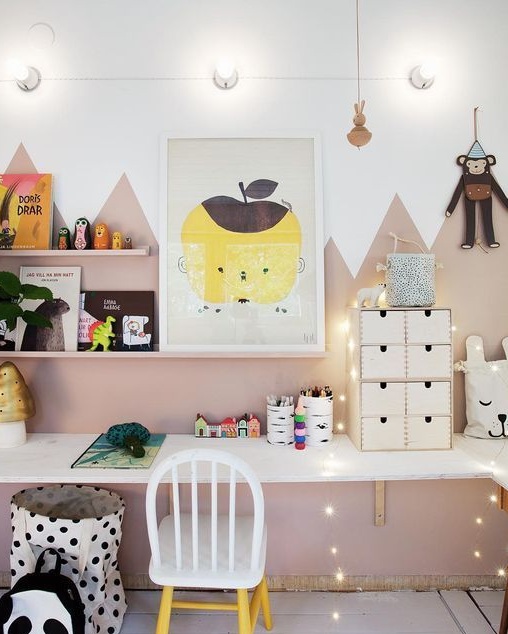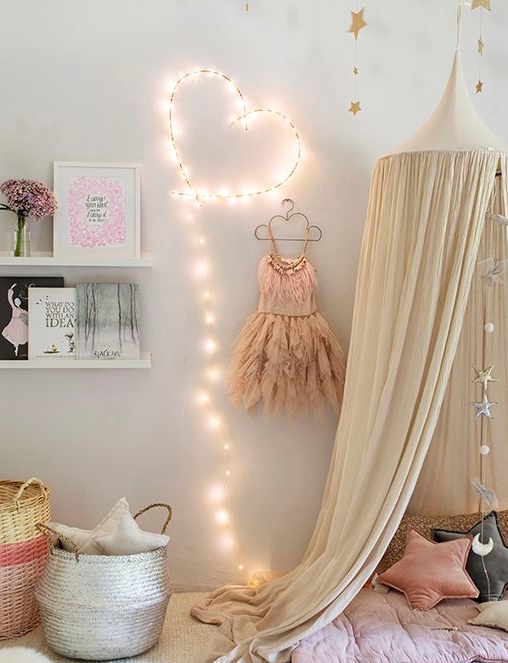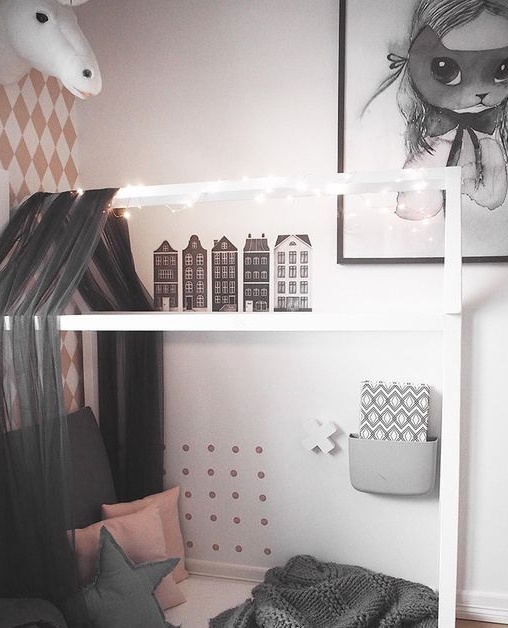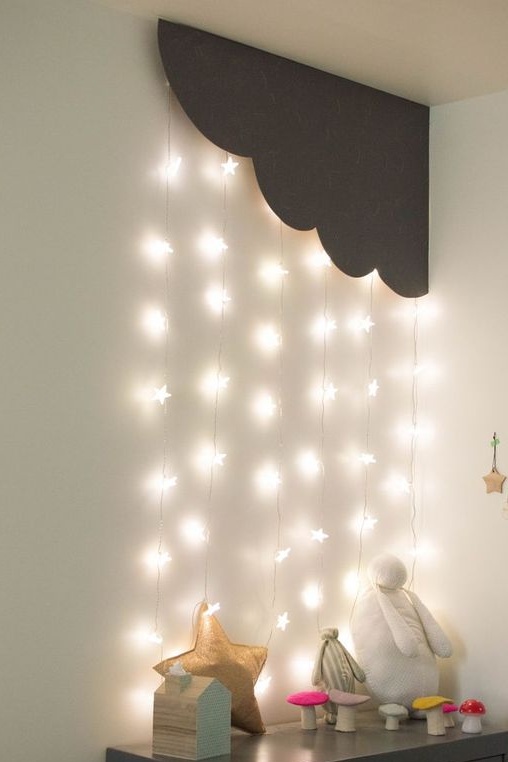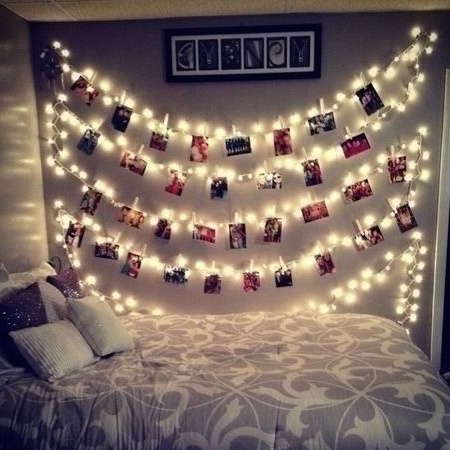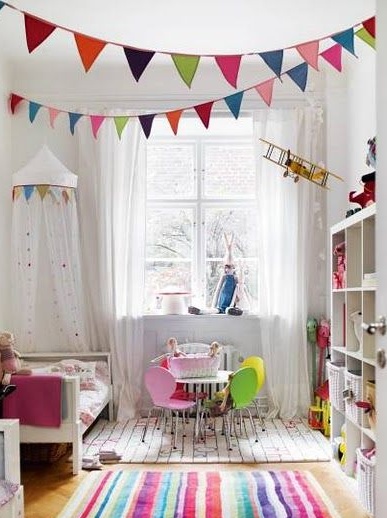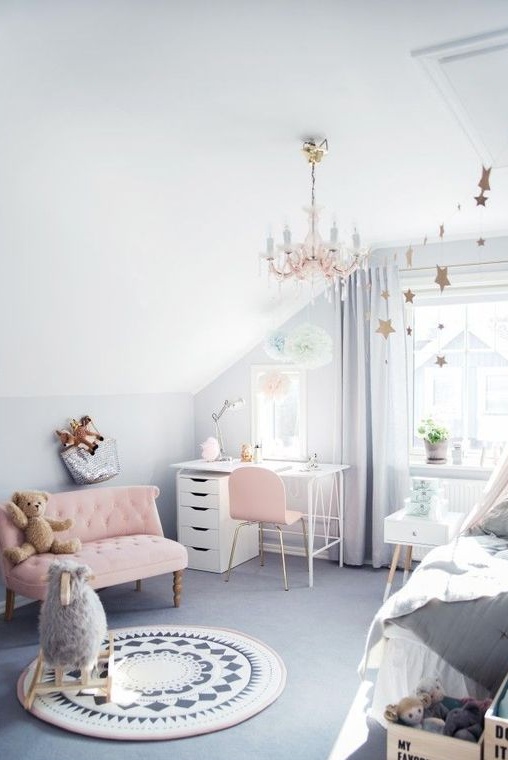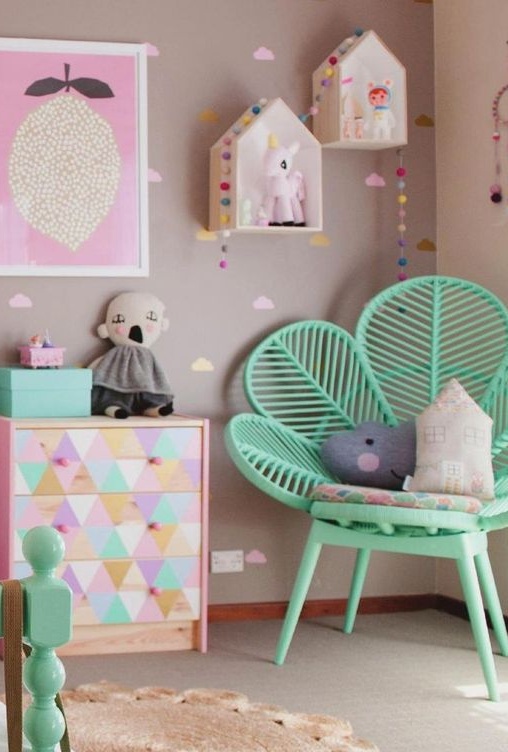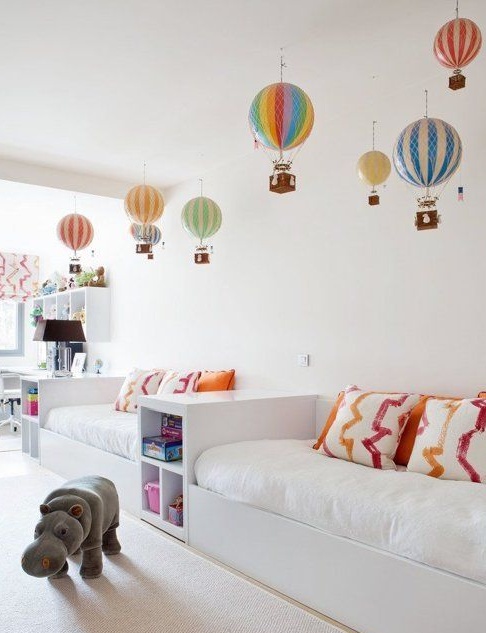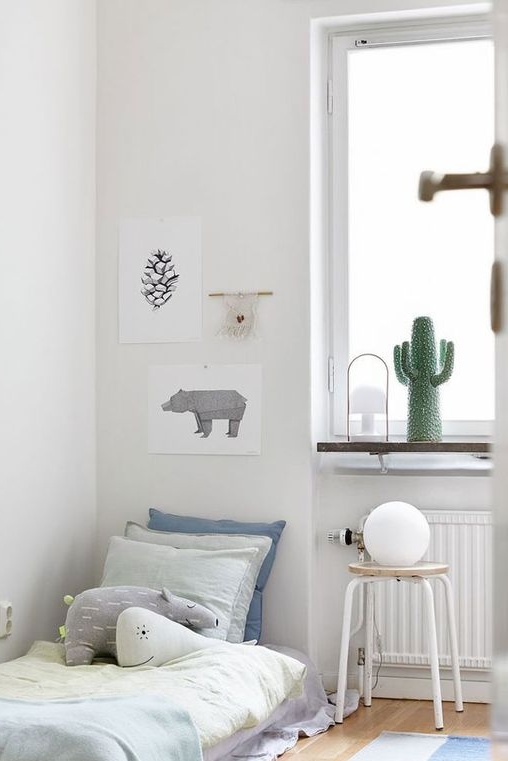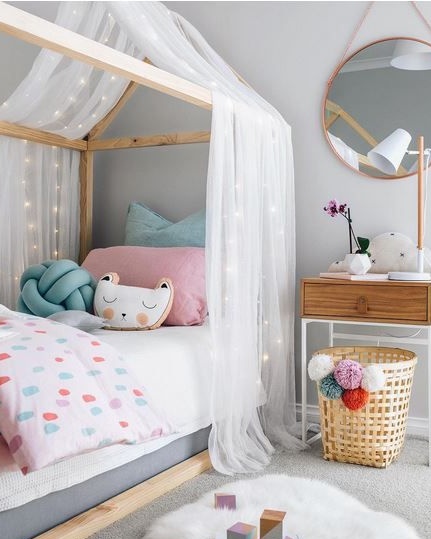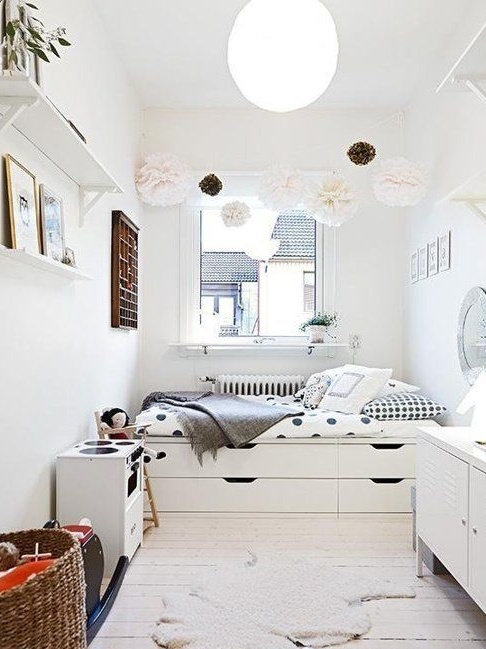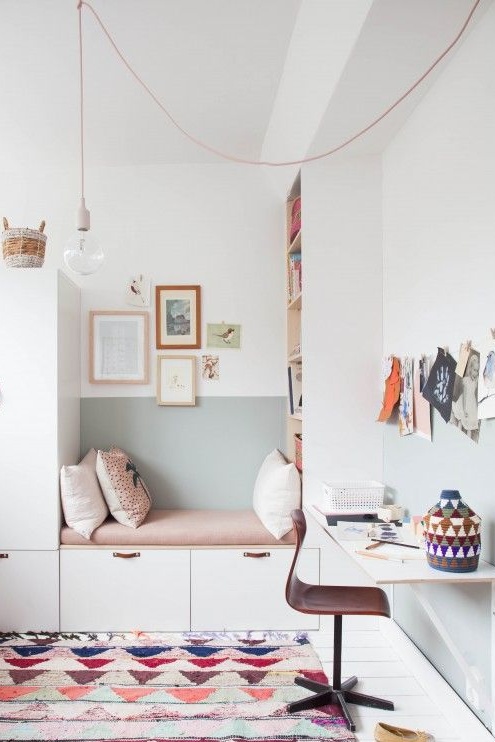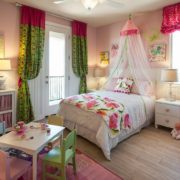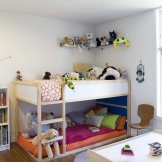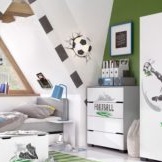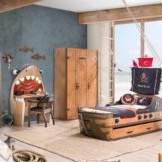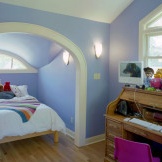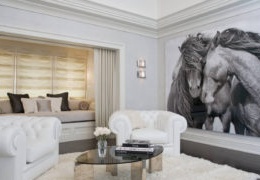Ideas for decorating a kids room
Repair or even a small alteration in the children's room is always a list of dilemmas for parents. We all perfectly understand that a room for a small owner is a whole world in which it is not easy to grow, but gets new knowledge and skills, learns the world, develops its abilities and opens up new, previously unknown borders. The task of parents is not only to create a convenient, safe and comfortable interior of the children's room, but to encourage the child to be creative, to support his aspirations and hobbies, to create an atmosphere in which he wants to develop comprehensively. But how to create an effective and at the same time attractive room design, if psychologists advise one thing, color therapy specialists do another, and pediatricians even insist on their own? How to choose an appropriate option from a variety of design ideas and still not ruin the family budget? After all, any parent understands that it is impossible once to create the interior of a children's room and not change it until the moment your chick flies out of the family nest. Each parent will have to solve the problem of choice based on the age, character, hobbies and preferences of their own child. And we, in turn, can provide you with options for designing a children's room, which used the ideas of modern designers, specialists in children's ergonomics, psychologists and pediatricians. The advantage of our large-scale selection of design projects is that you can bring many ideas to life with your own hands.
Organization of a berth
On the one hand, all experts vyingly say that in the children's room it is necessary to leave the maximum possible space free so that the child can not easily play, but also jump, run in a circle and in other ways be active, dump the accumulated energy. On the other hand, in addition to the games area, the room should have a comfortable, full-fledged berth, a segment for study and creative work, as well as storage systems that contain a wardrobe, toys, sports equipment and children's books. The issue of saving space is often very acute.
A loft bed will help not only save precious square meters of a small children's room, but will also become an interesting way to organize a place for sleeping and relaxing. Most children enjoy sleeping on a certain elevation from the floor, imagining that they are on a tree, in a tower, a spaceship or any other fantasy place. In the vacant space under the bed, you can organize storage systems of different plans (for clothes, books, toys), install a small sofa, which will serve as a relaxation area, in case guests come to the child. You can also leave the area under the bed exclusively for games - by hanging the curtains, you can organize something like a hut.
Sleeps in a room for two children
If two children live in one room, then the task of parents to allocate areas for sleep, rest, activities and games is complicated. The first and often most important idea that most parents have is the use of a bunk bed. The obvious saving of usable space overrides the disputes of children (if their age difference is small) about who will sleep in the upper tier. But even in such a familiar furniture structure as a bunk bed, there are options for a comfortable and original design.
Each child’s bed can be used to create a privacy zone. To do this, it is enough to hang curtains in the lower tier or even build doors, windows, making a real house, a princess’s castle, a rocket or a ship from a berth.
If there is enough space in the nursery, then you can equip a bunk bed with a slide, on which you can go down from the upper bed. Of course, the design must be equipped with a ladder to climb up.
The beds of both tiers can be equipped with storage systems in the form of drawers, thereby saving precious square meters of a room for two children.
Creating an accent wall in a children's room
Experts recommend that you do not draw all the walls of the children's room in bright color, choosing a light, neutral tone, and perform one of the vertical surfaces accent (bright, colorful, with drawings or paintings). There are many options for creating an accent wall. In addition to standard approaches in wallpapering, using wall plates, laminate, decorative plaster or liquid wallpaper, there are many methods that are mainly used for children's rooms. Art painting, the use of stencil drawing, stickers - all these design examples will help to create a thematic picture for an accent surface - based on your favorite cartoon, fairy tale, comic book or a certain type of activity, creativity, sport.
If the child is very active, it is not easy for him to calm down before going to bed and tune in to rest, it is best to place an accent wall behind the head of the bed. Thus, the room will have a variety of finishes and the child will not see a motley or bright drawing of photo wallpaper, murals or acrylic stickers at bedtime.
A black (or steel) magnetic board is not only a contrasting accent surface (or part of it) in the interior of a children's room, but also a field for creativity. On the surface, you can draw with crayons, with the help of magnets hang pictures, photos and crafts. You no longer need to worry about what the child will draw on the walls - he has a whole safe zone for this.
Wigwam tent or retreat
Even if only one child is the owner of the room, he may still need a place for privacy - a small corner, closed to everyone, inside which the most treasured toys lie and the most interesting games take place. In the modern market of children's goods for a reason, various options for wigwams, tents of small tents have appeared - psychologists have long proved that such places for solitude are necessary to some extent for every child. Here you can calm down, isolate yourself from the outside world for a while, even hide or just play.
One of the options for creating places for solitude, popular among Russian parents - wigwam. It is a construction, simple in execution and subsequent installation, consisting of wooden racks, with cloths stretched over them. The construction is safe from the point of view of impact on humans and the environment - wood and natural fabric are used. Even if the wigwam falls on a child, it will not cause any serious damage - a light wood tree is used for the racks, the racks themselves weigh a little. You can decorate the wigwas in any color option, use partially or fully the fabric that was used to drape the windows or design a sleeping place (to create a harmonious environment), textiles with a thematic pattern - your favorite characters in fairy tales, cartoons, and comics.
Another option for creating partial privacy is a small tent that hangs from the ceiling. Of course, this design option is not available in rooms with suspended ceilings. The product is almost entirely composed of fabric (only the arch itself has a tubular or wire frame), it is easy to remove it if necessary (if you need more space for several children to play, for example). Most often, mini-tents are used in the interiors of rooms for girls, they organically fit into the stories of oriental princesses. Ready-made solutions are most often made in pastel colors and are able to fit into any design style and interior color scheme.
Often these fabric mini-tents are suspended above the head of the bed, creating a kind of canopy. At the base of the tent, you can hang a mobile made by yourself and even together with the child. Having secluded himself in the folds of such a canopy and falling asleep is not scary.
Children's textile design
It is difficult to imagine a cozy nursery without drapery on the windows, a bright design of a berth, a colorful or fluffy rug on the floor. It is these details that bear the main burden of decorating and creating a special atmosphere in the room for the baby. Textiles very often act as an accent when creating a universal interior. Designers recommend using light, neutral tones to decorate the room, so that with the help of bright details it is possible to simulate the situation, adapting to the changing age of the child, the change of his passions and hobbies. After all, replacing curtains or bedspreads is much easier than re-gluing wallpapers or creating panoramas under the ceiling.
When decorating a room for a newborn for a reason, pastel colors are used. At first, it will be important for the child not so much the overall design of the room as the details in the immediate vicinity. Only a relaxing, calm mood is required from the atmosphere of the nursery. But accent elements are necessary - for focusing vision, looking at a picture, pattern, small details. It is with this task that textiles are the easiest to cope with - as a design for a bed, curtains on windows, small bedside rugs, canopies, tents.
Storage Systems - A Variety of Forms
It is not easy with the organization of effective storage in children's rooms. At first, there are not many toys and books, a small rack or even a container can fit them, but over time, the number of items necessary for the development of the baby grows exponentially. Adapting to this irrepressible growth is not always possible - for new storage systems, there simply may not be free space. Therefore, a clear control of the growth of new toys and the choice of universal storage systems are needed. Experts recommend using open shelving, which can accommodate large items and containers with small items, put books or set up sports equipment. Over time, when changing the interests and hobbies of the child, you can simply change the contents of the containers.
If we talk about hinged storage systems, the most common are open shelves. The fewer facades there will be in the nursery, the less chance of injury. The contents are clearly visible on open shelves, the desired item can be found quickly. It is advisable that they have fun at a level accessible to the child
The advantage of open shelves is that they are easy to do with your own hands. From old pallets or just boards, you can create exclusive storage systems for books, stationery and toys. Bright paint, colored wallpaper or fabric for pasting the back wall, thematic stickers - all means are good for not only a roomy storage system, but also an original decorative element of the interior.
Lighting system - multifunctionality and aesthetics
In the children's room, one central chandelier with a ceiling is not enough. It is necessary to create a highlight of the workplace (or area for creativity). But for many children, it’s important not only the functionality of the lighting system - a garland with dim lights will help to create a holiday mood in the room, and before going to bed it will illuminate the room with a weak light so that the baby does not have to fall asleep in the dark.
Decorative elements in a children's room
Only at first glance it can be decided that the decorative elements in the children's room do not carry any meaning, except for decorating the interior. Toys suspended from the ceiling can be examined before bedtime, and those that are located near the bed can be touched with hands, develop motor skills, and broaden the horizons of tactile sensations.Drawings, embroidery, paper and wooden models not only decorate the room, but also develop spatial thinking, attention to detail, contribute to the training of vision, not to mention the development of craving for beauty, the expansion of aesthetic knowledge.

